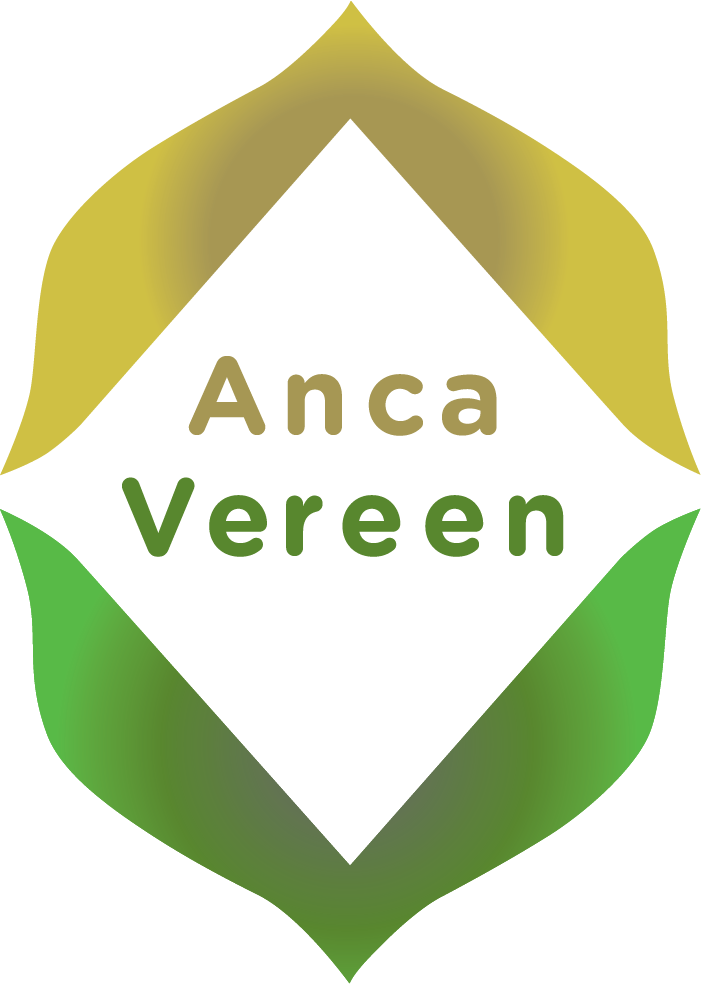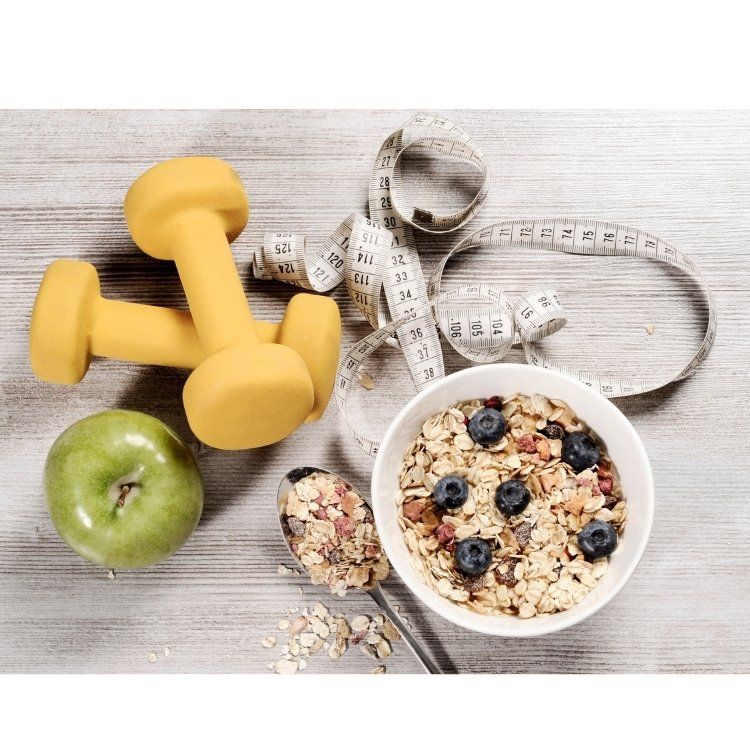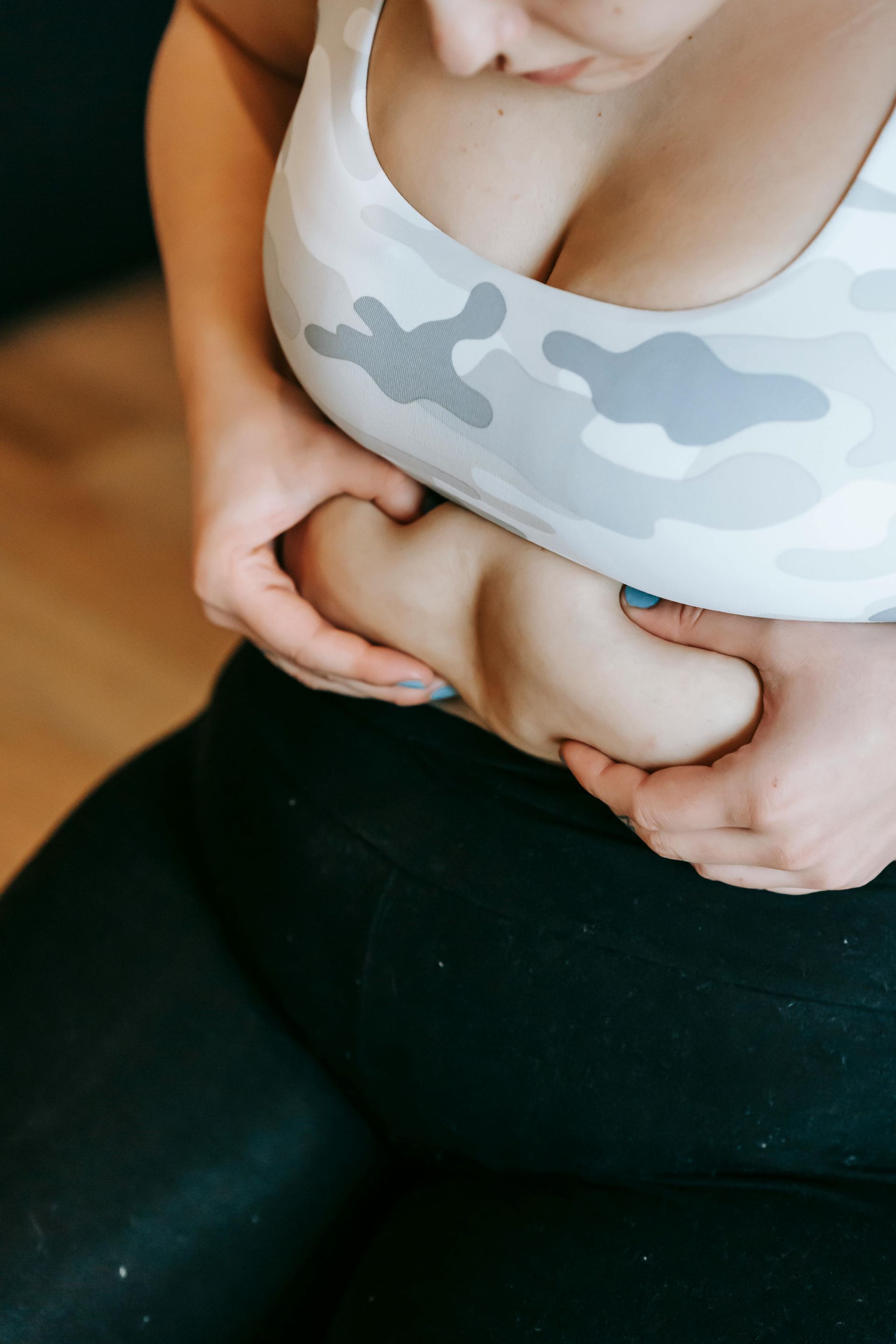Endometriosis vs. Adenomyosis: Differences, Hormones & Natural Support
This is a subtitle for your new post

By Anca Vereen Integrative Dietitian, Somatic Psychotherapist – Melbourne
If you're living with chronic period pain, heavy bleeding, fatigue or pelvic pressure and feel like your body is turning against you — you’re not imagining it. Two common but often misunderstood causes of these symptoms are endometriosis and adenomyosis.
Many women I work with have heard of one or both, but often they’re confused about the differences — and more importantly, what they can do to actually feel better.
In this blog, I’ll break down what makes these two conditions different, how hormones influence them, and share my holistic recommendations including nutrition, lifestyle, and supplement support so you can start feeling more empowered and in control of your body again.
🔍 What’s the Difference?
Endometriosis
Endometriosis happens when tissue similar to the lining of the uterus (endometrium) grows outside the uterus — most commonly on the ovaries, fallopian tubes, bladder, bowel, and pelvic cavity. This tissue still responds to your hormones and bleeds each month, causing inflammation, scarring, and often intense pain.
Adenomyosis
Adenomyosis is when the same type of endometrial-like tissue grows into the muscular wall of the uterus itself. This often leads to an enlarged, heavy uterus, with symptoms like severe cramping, pressure, and heavy bleeding — especially in your 30s and 40s.
Both are oestrogen-dependent conditions, meaning they are driven by hormonal imbalances — particularly when oestrogen is high and progesterone is low or ineffective.
🔄 Hormones: The Hidden Drivers
Your hormones are not just monthly messengers — they influence how your tissues grow, how much pain you experience, and how your body manages inflammation. Oestrogen stimulates the growth of both endometrial and adenomyotic tissue.
- Excess oestrogen (due to stress, poor detox, or environment) makes symptoms worse.
- Progesterone usually balances oestrogen, but low levels can lead to heavier bleeding, pain, mood swings and breast tenderness.
- Cortisol, your stress hormone, when elevated chronically, can suppress progesterone and disrupt ovulation.
- Thyroid hormones and insulin also play key roles in hormonal harmony and inflammation regulation.
🌿 How to Manage Naturally
Here are some of my top recommendations to help reduce inflammation, balance hormones, and support the body — without extreme diets or dependency on medications alone.
🥗 Food Foundations
- Anti-inflammatory meals: Load up on leafy greens, pumpkin, berries, flaxseed, turmeric, garlic, ginger, wild salmon, and olive oil.
- Support oestrogen detox: Cruciferous veggies (broccoli, cabbage, cauliflower), coriander, parsley, and fibre help the liver clear excess hormones.
- Avoid hormone disruptors: Cut back on alcohol, caffeine, sugar, dairy, and red meat. Switch to organic produce when possible.
- Try gluten and dairy elimination: Many clients with endo or adeno see relief from bloating, cramps, and fatigue with a short-term trial.
🌿 Herbal & Nutritional Support
Always work with a qualified practitioner before starting new supplements — these are powerful when personalised.
- N-acetylcysteine (NAC) – reduces inflammation and may reduce endometrial tissue growth
- Curcumin (Turmeric) – anti-inflammatory and pain-reducing
- Vitex (Chaste Tree) – supports progesterone balance and cycle regulation
- Omega-3s (Fish oil or algae) – reduce inflammation and modulate immune response
- Magnesium – calms uterine spasms and supports stress resilience
- Zinc + B6 – for hormone conversion and mood support
🧘♀️ Lifestyle + Nervous System Support
- Regulate stress: Chronic stress increases oestrogen and depletes progesterone. Breathwork, meditation, nature, and nervous system mapping can help regulate internal safety.
- Gentle movement: Walking, Pilates, somatic dance, and yin yoga support lymphatic flow and reduce stagnation.
- Castor oil packs: Applied to the lower abdomen can ease inflammation and help liver detox pathways.
- Sound and energy healing: Vibrational therapies support emotional release, reset the vagus nerve, and shift energetic stagnation.
💛 You’re Not Broken. You Just Need Support.
Whether you've been diagnosed with endometriosis, adenomyosis, or are still searching for answers — know this: your body is wise, and healing is possible and the journey I tailor for my clients is one I have experienced myself.
You deserve more than symptom management — you deserve to feel connected to your body, heard in your story, and supported holistically.
This is what I offer in my 1:1 sessions.
🔗 Ready to Get Personalised Support?
I offer integrative consultations combining nutrition therapy, somatic psychotherapy, hormonal insight, and nervous system regulation to help you reconnect to your body, find root causes, and feel empowered on your healing path.
👉
Book your consultation today
Let’s create a plan that’s tailored to you — body, mind, and soul. www.ancavereen.com




